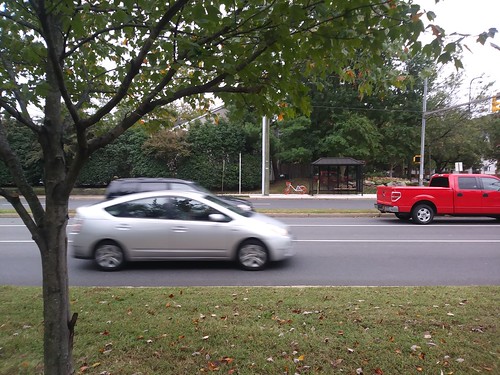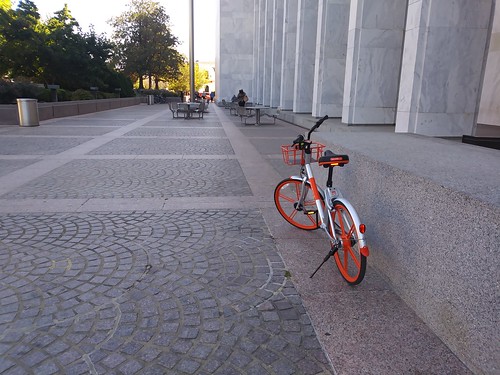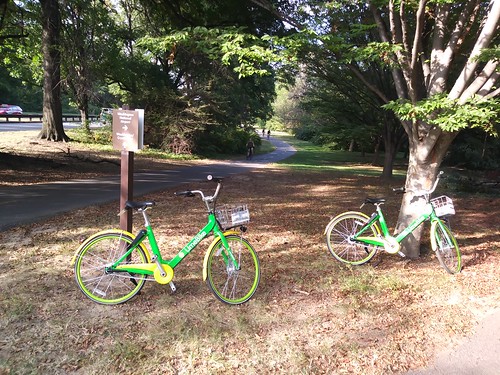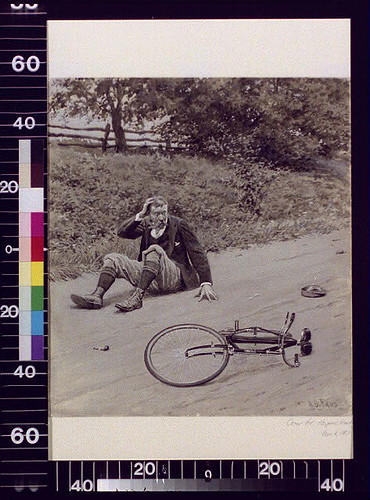
Found on the Library of Congress web site - https://www.loc.gov/item/2010715933/
Title-What happened?
Contributor Names-Frost, A. B. (Arthur Burdett), 1851-1928, artist
Created / Published-[1897?]
Subject Headings
- Bicycles & tricycles
- Men
- Traffic accidents
Format Headings-Drawings.
Periodical illustrations.
Notes
- (DLC/PP-1934:0009).
- Forms part of: Cabinet of American illustration (Library of Congress).
- Published as cover of: Harper's weekly, 41:1093 (Nov. 6, 1897).
Medium-1 drawing : wash.
Call Number/Physical Location-CAI - Frost, no. 47 (C size) [P&P]
Source Collection-Cabinet of American illustration (Library of Congress)
Repository-Library of Congress Prints and Photographs Division Washington, D.C. 20540 USA hdl.loc.gov/loc.pnp/pp.print
Digital Id
cai 2a12589 //hdl.loc.gov/loc.pnp/cai.2a12589
cph 3c38124 //hdl.loc.gov/loc.pnp/cph.3c38124
Note: digital file from intermediary roll film copy
The digitized version is not of very high quality since it was digitized from a photographic reproduction of the original item. That is why it has the color bar and rulers.
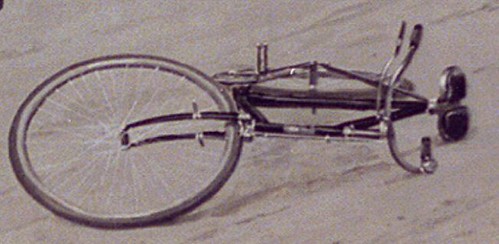
Detail from the above illustration
Above is a zoomed in view of the bicycle taken from the TIFF image - the level of detail, because this is digitized from a reproduction and not the original illustration, is not particularly good but at least provides enough to show that the person doing the illustration captured accurately the details of an 1897 bicycle.
You can tell it is a "fixie" as it would be called today - that is, the chain drive doesn't spin freely when the rider is not pedaling, the pedals move in concert with the back wheel. The easiest way to slow down or stop was simply to slow down or stop pedaling. This bike has a small post on either side of the front fork that stick out so that a rider could remove his feet from the pedals and rest them on the fork to allow the pedals (and rear wheel) to spin freely while descending hills - getting the feet back onto the pedals was tricky, but this bike also came equipped with a simple "spoon brake" that is visible - that is, a levered brake actuated by the right hand that pressed a post downward to the front tire, pressing a block of some material (perhaps also covered in rubber) against the tire to slow the bicycle. This can be a moderately effective braking system but if used frequently it was hard on the front tire. Certainly it was better than nothing! (And such brakes are still in use on bikes in many parts of the world.)
Another detail provided is the bicycle saddle - a non-standard bicycle saddle was a common aftermarket upgrade for bicycles in those days. Here the saddle is split in the middle, apparently to provide more comfort (or something). Such bicycle saddles remind me of the slotted McClellan saddle for riding horses used by the military that have a slot down the middle. As a teenager I occasionally rode a horse using such a saddle and didn't find it very comfortable, but the slotted nature of a bicycle saddle is less rigid and usually comfortable enough. Still, I don't have a good association with slotted bicycle saddles.
